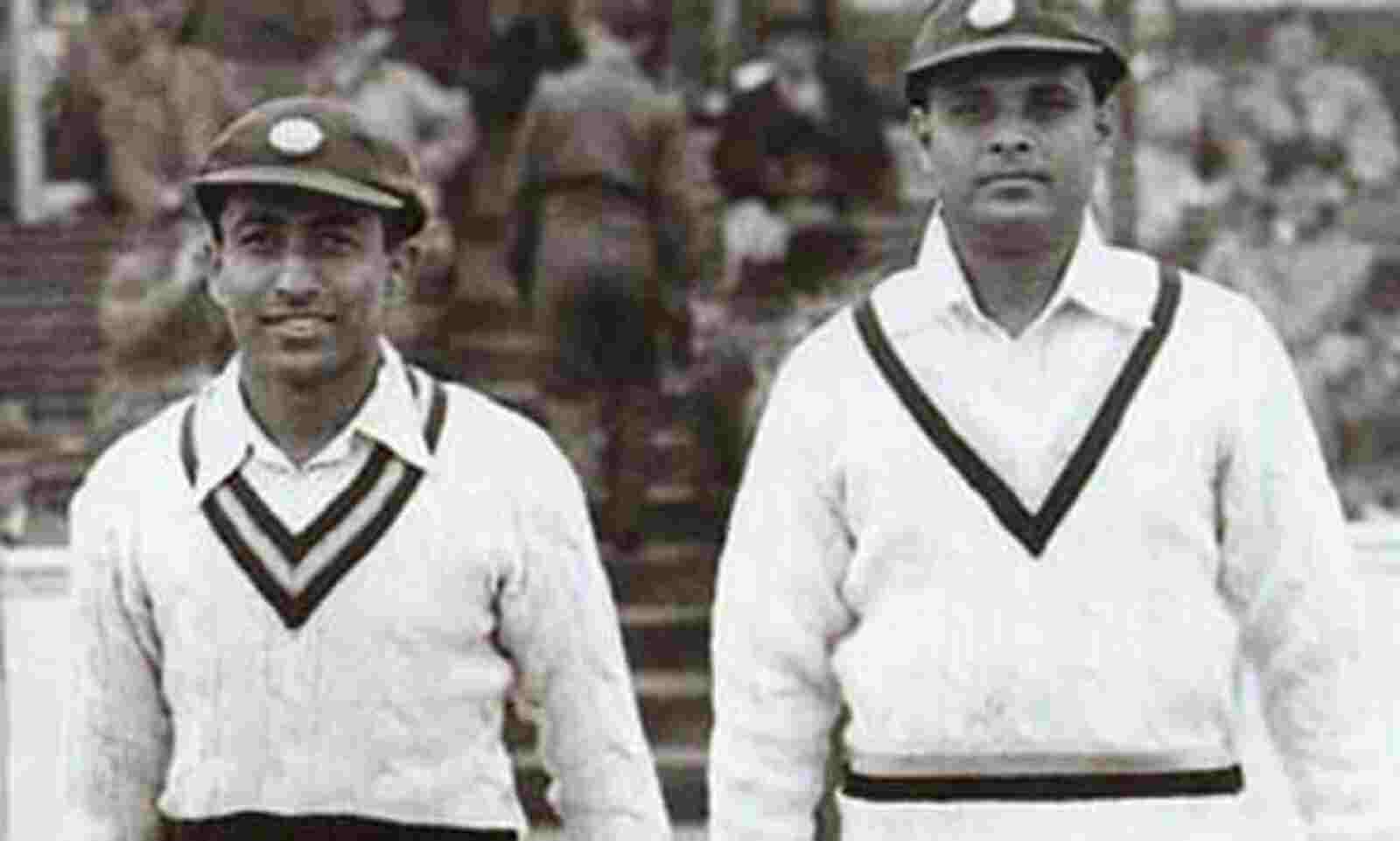
Which was the first 10-11 pair to hit centuries in first-class cricket?
It was a historic day in the Ranji Trophy as Mumbai bowlers Tanush Kotian and Tushar Deshpande became only the second No. 10 and 11 pair in First-Class cricket history to notch up their respective tons in the same innings. They achieved the feat during Mumbai's Ranji Trophy quarterfinal against Baroda.
Both batters joined hands when Mumbai were 337 for nine in their second innings. Kotian and Deshpande then showed great resilience to extend their team's lead and effectively bat Baroda out of the game.
Kotian (120*) got to his century off 115 balls in an innings that saw him hit nine fours and three sixes. Deshpande (123) followed suit, completing his ton in 112 deliveries, a knock that saw him hit eight fours and six sixes. The duo added 232 runs for the last wicket before Deshpande was dismissed.
This is indeed a remarkable achievement, and it places them alongside the legendary duo of Chandu Sarwate and Shute Banerjee, who achieved the same feat for India in a match against Surrey at the Oval back in 1946.
A Tale for the ages – Sarwate and Banerjee partnership
A tale for the romantics, a tale that stood the test of time and a feat that was finally matched by Indians in India. Back in 1946, on May 11, Chandu Sarwate and Shute Banerjee, playing for India, joined forces for the last wicket against Surrey at the Oval. They created a record that stood for close to 78 years. Back then, this was the only instance in first-class cricket where both No. 10 and 11 batters scored centuries in the same innings.
The Indians batted first after winning the toss and barring Vijay Merchant's 53 and Gul Mohammed's stroke-filled 89, there was no major highlight. Sarwate came in at No. 10 with the team at 201 for eight. The ninth wicket then fell at 205 and in walked Banerjee as the last batter.
What was interesting was that groundsman Bert Lock reportedly accompanied Banerjee to the ground since he had to ask Surrey skipper NH Bennett about the roller preference, assuming the Indian innings would end quickly.
However, the roller was not needed for the next three hours and ten minutes as Lock watched on. His pitch suited the Indian batters as they sent the England attack on a leather hunt.
Sarwate and Banerjee were in no hurry, they settled in comfortably and faced the Surrey attack led by Alec Bedser with ease. Bedser, who would go on to debut for England against India the following month and end his career with 236 wickets from 51 Tests over the next 10 years, could not find his way against this vigilant last-wicket pair. Bennett was getting desperate as he rotated eight bowlers, but the resilient Indian tailenders were not blinking.
The first day ended and Sarwate and Banerjee remained at the crease. The Indian team were sitting pretty at 398 for nine. Sarwate had already raised his ton while Banerjee trailed closely behind at 87.
The subsequent day was a Sunday, and when the action resumed on Monday, May 13, the pair notched up a partnership of 200 runs. Banerjee too reached his century and they even went past the previous record (235 runs) for the highest last-wicket partnership in England – a record that was made by FE Woolley and A Fielder for Kent against Worcestershire in 1909.
Sarwate and Banerjee extended India’s total to 454 runs, with their partnership standing at 249, when finally, England separated them. Banerjee was dismissed by JF Parker for 121 runs, leaving Sarwate unbeaten on 124.